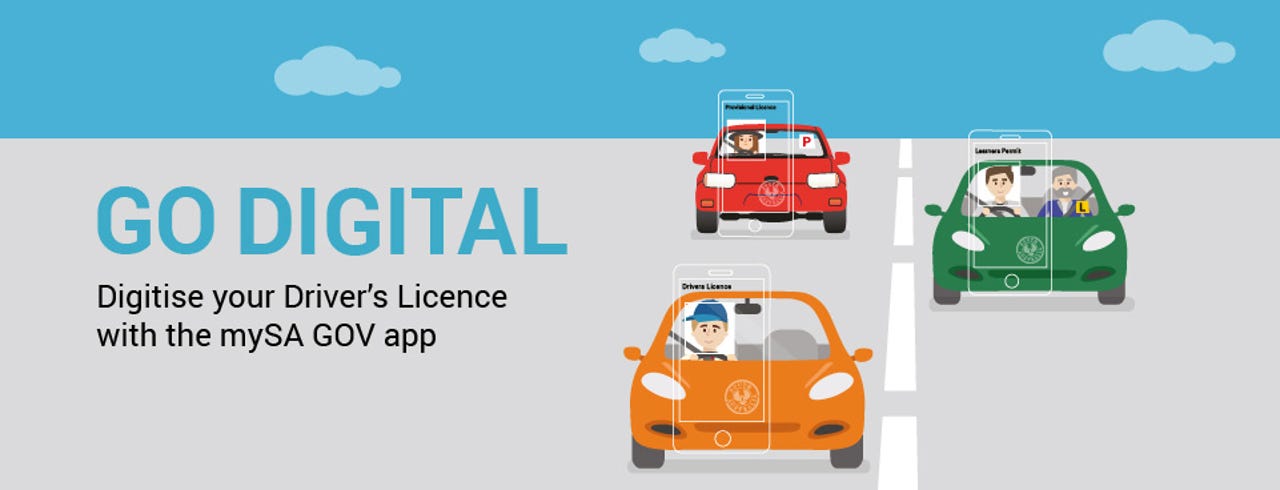L-platers are leading the charge towards digital licences in South Australia


The South Australian government in September launched a digital licence platform, allowing holders of state-issued identification to use their smartphone in lieu of a physical card.
Speaking at the 4th Australian Government Data Summit in Canberra in Wednesday, Peter Worthington-Eyre, chief data officer at South Australia's Department of Premier and Cabinet, revealed that not surprisingly it's the younger drivers who have taken to the digital licence.
"What's really interesting is that the biggest demographic that's in this right now is learner drivers," he explained. "20-25 percent of learners have one of these."
Compared to the number of people that have driver's licences, Worthington-Eyre said it's a much smaller percentage on the other side.
But as the CDO, Worthington-Eyre pays particular attention to the data, and said the uptake by the younger generation will be key in informing how the state government conducts a similar initiative next time, looking in particular at the engaged demographic and how they're using the app.
"And we can also get feedback, when are they using it, what time," he added.
Worthington-Eyre said the digital licence has also spurred "a whole bunch" of innovation from the community looking to commercialise it.
"It's actually part of building social licence with our existing data across government agencies," Worthington-Eyre revealed.
"As people log in, they can put their proof of age card, their driver's licence, if they're a land agent they can put their occupational licences in there, they can look when their vehicle registration is due.
"So what that means is through that platform, users are coming in, logging in to the system and accessing data from multiple agencies."
In designing the platform, Worthington-Eyre said his team worked alongside quite a number of focus groups to understand what the problems were, how would the solution benefit people, and if in fact they would even use it.
"We did a soft launch, and we were sitting there with our phones while it was happening," he said. "We didn't tell anyone we were launching it, we wanted to test if the app would work."
By the middle of the week, there were 5,000 users signed up to the offering through the mySA GOV smartphone app.
The app presents driver's licences in real-time, with expired or suspended licences showing a large orange or red bar at the bottom. It also has a "shake to animate" feature to show the licence is not a photo or a screenshot -- the screenshot function is actually disabled within the app.
The app generates a one-time barcode, which refreshes every 30 seconds, to prevent counterfeit licences from being used. Anyone, including pubs and clubs, can scan the licences to ensure they are genuine.
Moving forward, Worthington-Eyre said his department isn't just thinking about citizen service engagement, but how it can enable other businesses to better serve the citizen through government data and government platforms, such as the digital driver's licence, without ever sharing that data.
"I really think that's where the future lies and government has such a huge role as an innovator," he said.
Related Coverage
- Driver's licences to go digital in South Australia
- Digital driver's licence coming soon to phones in New South Wales
- SA government using data to protect vulnerable children
- Looking to do some otherwise illegal research? South Australia wants you
- South Australia to dump third party app after failure to alert on bushfires
- South Australian Tesla battery ready ahead of schedule as R&D Bill shelved
- South Australia Police adopting facial-recognition technology
- Boeing opens R&D innovation hub in South Australia
- Why the reality of big data is finally catching up to its hype (TechRepublic)
- Why blockchain could be your next form of ID as a world citizen (TechRepublic)